Adobe Commerce Developer: Skills, Certs & Hiring Guide
Adobe Commerce Developer: Skills, Certs & Hiring Guide
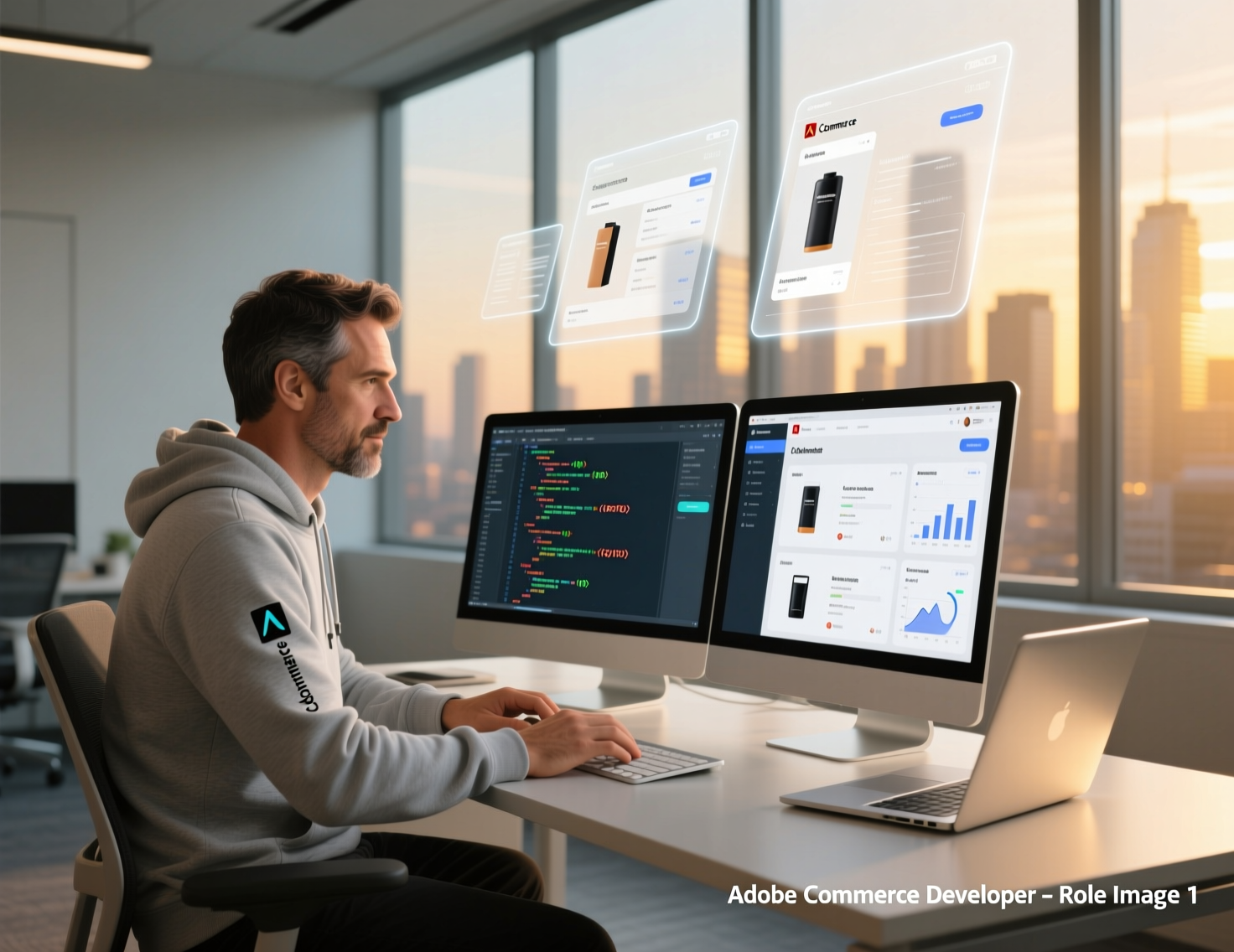
What Is an Adobe Commerce Developer? Role, Skills, Certifications & a 2025 Roadmap
Introduction
An Adobe Commerce developer builds, integrates, and optimizes eCommerce stores on Adobe’s enterprise platform (formerly “Magento 2”). In 2025, the role spans backend PHP, modern headless frontends, cloud ops, and airtight security plus the judgment to choose the right patterns, modules, and hosting for scale.
What Is an Adobe Commerce Developer?
An Adobe Commerce developer is a software engineer who designs, builds, and maintains eCommerce solutions on Adobe Commerce (the enterprise successor to Magento Commerce) as well as Magento Open Source when appropriate. Practically, they architect store features, integrate ERPs/CRMs, tune performance, harden security, and guide merchants through upgrades and cloud pipelines.
Role Overview: From Magento 2 to Adobe Commerce.
Adobe acquired Magento in 2018 and later rebranded Magento Commerce to Adobe Commerce in 2021. The technology continuity remains: the familiar module system, dependency injection, and API patterns evolved rather than vanished—so teams that say “Magento 2” usually mean the same codebase era that now ships as Adobe Commerce.
Adobe Commerce vs “Magento 2” Terminology .
Searchers still type “Magento 2 developer,” but job descriptions and certifications now use Adobe Commerce. For clarity:
Adobe Commerce = enterprise edition with B2B, cloud tooling, SLAs.
Magento Open Source = free core platform, community-supported.
Both share most development concepts (modules, service contracts, API schemas), with enterprise-only features layered on top.
Core Responsibilities: Build, Integrate, Optimize.
An Adobe Commerce developer typically
Builds custom modules, theming, and checkout flows.
Integrates ERPs, PIMs, tax, payments, and shipping via REST/GraphQL.
Optimizes for performance (Varnish/Redis), search (OpenSearch), and security patching.
Adobe Commerce Tech Stack & Skills.
Backend Foundations: PHP 8.x, Composer, Modules, DI (Informational Skills list)
PHP 8.x & OOP
Write service contracts, observers, and plugins with strict typing.
Composer
Manage the metapackage, autoloading, and version pinning; avoid app/code installs for maintainability.
Modules & DI
Configure di.xml, etc/module.xml, preferences, and virtual types to keep customizations upgrade-safe.
Testing
PHPUnit, integration tests, and MFTF for UI regressions.
Hardening
Adobe’s composer plugin helps guard against dependency confusion.
Example
A product feed connector implemented as a module with service contracts is easier to mock in tests and survives core upgrades.
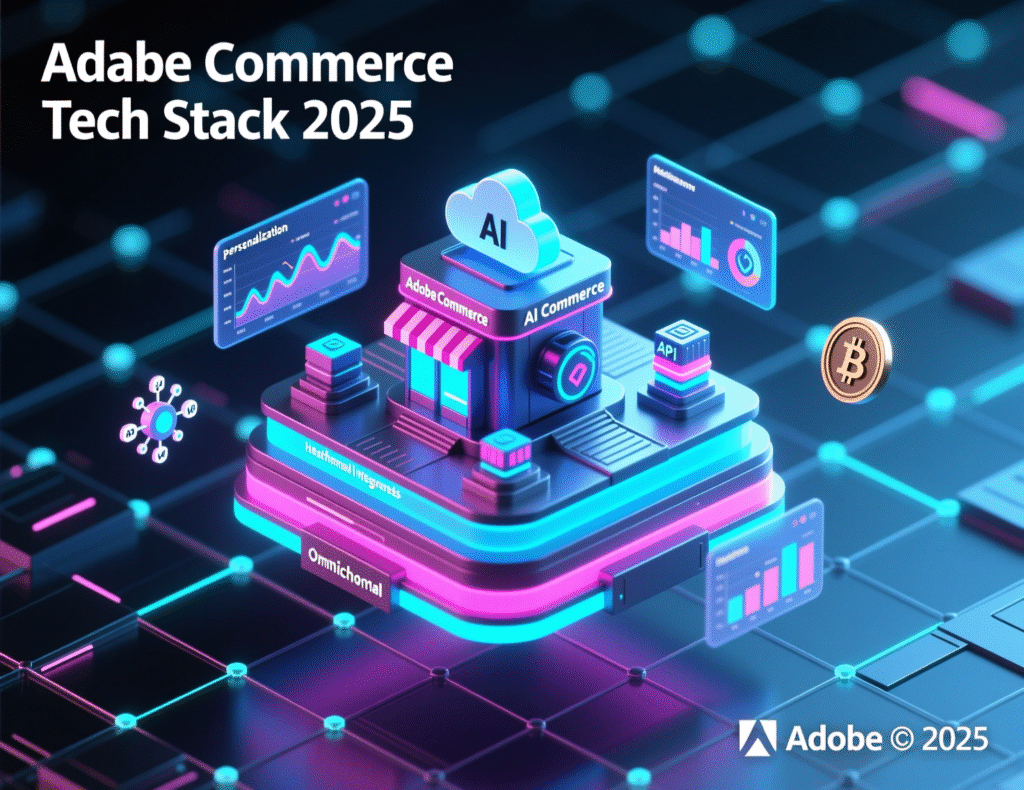
Data & Performance: MySQL, Redis, Varnish, RabbitMQ, OpenSearch .
MySQL/MariaDB for transactional data.
Redis for sessions & FPC tags; Varnish to cache HTML and speed TTFB.
RabbitMQ/ActiveMQ for async queues (indexers, bulk imports).
OpenSearch for catalog search, especially on cloud and in newer releases where Elasticsearch is deprecated.
Stat: Adobe’s 2.4.8 release notes emphasize OpenSearch optimization and deprecate Elasticsearch modules, reinforcing the skills shift developers need in 2025.
Community read: Caching comparisons and hosting guidance from MGT-Commerce highlight why Varnish/Redis tuning matters for large catalogs.
Frontend & Headless: PWA Studio, GraphQL, React, REST.
PWA Studio tools help teams ship React storefronts on Adobe Commerce/Magento Open Source.
GraphQL powers efficient headless experiences and is the preferred API for modern frontends.
REST remains vital for back-office integrations and bulk operations.
Example
A React PDP (via PWA Studio) can pull only the needed product fields with GraphQL, cutting payloads vs. REST and improving Core Web Vitals.
Cloud & DevOps: Adobe Commerce Cloud, Fastly CDN, CI/CD, Security Patching .
Adobe Commerce on cloud infrastructure provides pre-provisioned PHP, Redis, MQ, and search services with PaaS workflows.
Fastly + Varnish deliver CDN caching and WAF; cloud projects route production traffic through Fastly.
CI/CD
Use cloud pipelines, quality gates, and zero-downtime deploys.
Patching cadence
Track APSB bulletins (e.g., 2025 advisories) and apply 2.4.x security patches promptly.
Certification Path in 2025.
Adobe Certified Professional/Expert (Commerce): Exam Scope & Format (Informational Prep mapping)
Adobe’s certification catalog lists Professional and Expert levels for Commerce roles. Expect objectives around architecture, data models, theming, APIs, performance, and cloud operations. Registration and scope details live on Adobe Experience League.
Format snapshot (typical): 50–60 multiple choice questions, ~90 minutes, scenario-heavy; hands-on experience is crucial.

Study Resources: Experience League, Official Docs, Sandboxes.
Experience League courses, exam guides, and community forums.Official docs: Developer portal for REST/GraphQL, Composer, and cloud.
Local sandboxes: Spin up a 2.4.x instance with sample data; test GraphQL, Web APIs, and Swagger at /swagger.
6-Week Prep Plan: Objectives, Mock Tests, Pitfalls.
Weeks 1–2
Review release notes for current minor (2.4.8 at the time of writing) and OpenSearch migration notes.
Build a small module with DI, ACL, and UI components.
Weeks 3–4
Deep-dive GraphQL vs REST scenarios; implement one integration each (e.g., inventory sync via REST, PDP via GraphQL).
Practice cache invalidation using Varnish/Redis and configure RabbitMQ queues.
Weeks 5–6
Mock exams; fix weak areas (cloud variables, Fastly/WAF, deploy hooks).
Review APSBs and apply a security patch in a sandbox.
Common pitfalls
Hard overrides in app/code, skipping composer best practices, ignoring search engine compatibility on cloud.
Adobe Commerce vs Magento Open Source for Developers
Feature Set & B2B Modules (Commercial Investigation Value framing)
Adobe Commerce bundles enterprise capabilities B2B company accounts, shared catalogs, requisition lists, quotes, and advanced promotions while Magento Open Source requires third-party modules to replicate coverage. Community vendors like Amasty and Magefan offer complementary extensions for both stacks.

Hosting Models: Cloud vs On-Prem.
Cloud (Adobe Commerce on cloud infrastructure)
Managed PaaS with Fastly, Varnish, Redis, MQ, and CI pipelines fewer moving parts for teams without infra capacity.
On-prem/IaaS
Fine-grained control; you choose your OpenSearch/Redis/MariaDB versions, but you own patching, scaling, and observability. OpenSearch is now the strategic direction across releases.
Extension Ecosystem & Compatibility.
Most Magento 2 extensions remain compatible, but verify Adobe Commerce edition support, GraphQL coverage, headless readiness, and licensing. Reputable agencies and marketplaces (Adobe Marketplace, vendors like Amasty/Magefan) provide version matrices and change logs to reduce upgrade risk.
When (and How) to Hire an Adobe Commerce Developer.
Freelance vs Agency vs In-House: Pros, Cons, Use Cases .
Agency
Cross-functional teams (UX, SEO, DevOps) for replatforms or B2B builds; consider specialists like Vaimo (SE) or Inchoo (HR).
In-house
Best for ongoing experimentation or complex integrations where deep domain knowledge compounds.
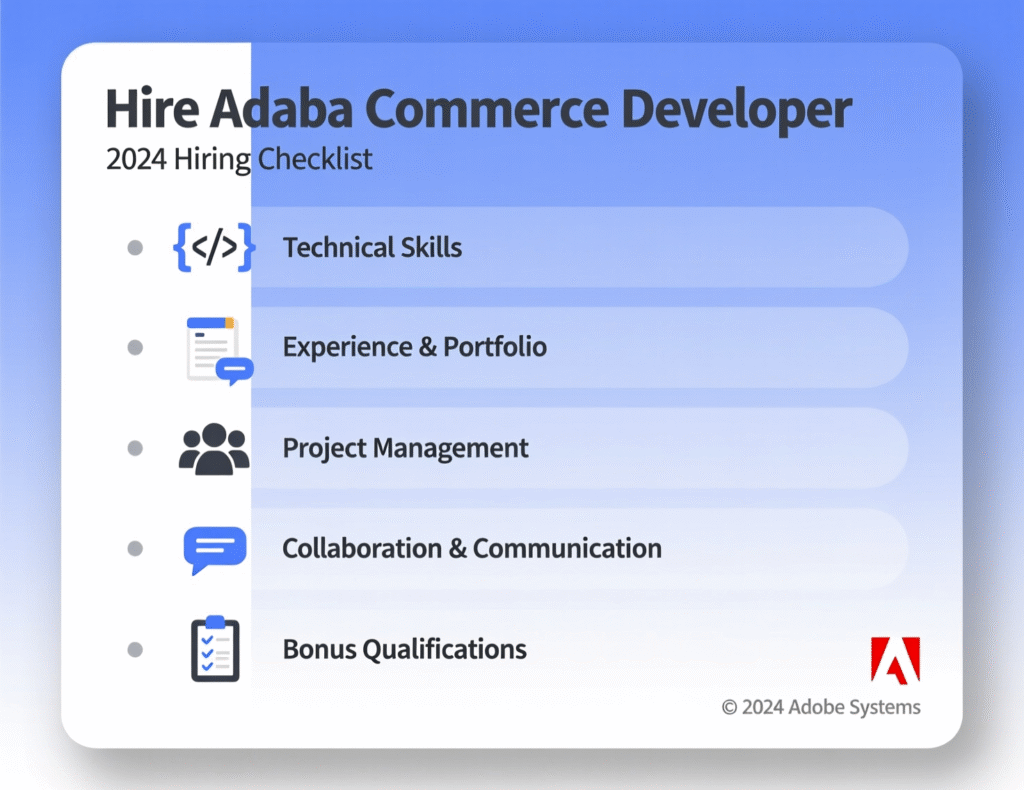
Rates & Budgets: Hourly Ranges, Project Scopes, SLAs.
Public marketplaces show wide bands. Upwork’s “Magento 2/Adobe Commerce” category lists typical hourly costs around $18–$39/hr (global), with top experts and agencies commanding more depending on geography and scope. Expect higher rates in the US/EU for senior talent, especially with cloud and headless experience.
Scoping tips:
Tie SLOs to page speed (TTFB/CLS), order success rate, and error budgets.
Budget separately for security & patching tied to APSBs.
Vetting Checklist: Code Samples, Certs, Git, Security Hygiene.
Git evidence
Branching, test coverage, PR discipline.
Certs
Adobe Commerce Professional/Expert (linkable badge).
Security
Patch history, Fastly WAF config knowledge, composer-based installs, 2FA and secret management.
References
Ask for a recent cloud pipeline merge with green builds.
Where to Find Talent: Marketplaces & Specialist Agencies (Navigational Sourcing)
Specialist agencies (EU): Vaimo (SE), Inchoo (HR). Use the Adobe Partner Directory to filter by Commerce specialization.
Best Practices & Security for 2025.
Patch Cadence, 2FA, Secrets Management, Backups (Informational Risk reduction)
Apply APSB patches quickly (multiple 2025 bulletins). Automate lower env smoke tests and stage rollouts.
2FA + Principle of Least Privilege for admin users; rotate API keys; store secrets in vaults.
Backups: Snapshot DB + media; test restores quarterly.
Watch CVEs: Recent reports show active exploitation campaigns—WAF + prompt patching are essential.
Performance Wins: Caching, Indexing, Image/CDN, Async Queues.
Fastly + Varnish tuned with proper TTLs and surrogate keys.
Redis for sessions/page cache, queueing heavy tasks via RabbitMQ to keep checkout snappy.
Images
Use CDN optimization and lazy-loading; pre-warm critical caches after deploys.
Search
Size OpenSearch clusters to catalog and query load; reindex during off-peak windows.
Observability: Logs, APM, Error Budgets, Load Testing .
Centralize logs, set alerts for 5xx spikes/cart abandons.
Use APM (New Relic, Datadog) and synthetic checks.
Define error budgets; throttle feature releases when burn rate rises.
Run k6/JMeter before peak seasons.
30-60-90 Day Developer Roadmap.
Local Env, Theming, Simple Module.
Install 2.4.x locally with Composer; enable sample data.
Build a simple module (e.g., product badge) with DI + UI components.
Add unit/integration tests; wire CI for static checks.
APIs, PWA Studio, GraphQL Integrations.
Implement a REST integration (inventory sync) and a GraphQL PDP.
Stand up PWA Studio storefront; measure LCP/INP.
Configure RabbitMQ for async imports and email queues.
Cloud Pipelines, Security, Performance Hardening .
Create cloud pipeline with quality gates; add Fastly WAF rules and custom VCL.
Migrate search to OpenSearch and re-index; implement canary deploys.
Apply latest APSB patch; validate via load test and error budget dashboards.
Summary & Key Takeaways.
Skills Snapshot, Cert Next Steps, Hiring Triggers.
An Adobe Commerce developer blends PHP 8, Composer, OpenSearch, Fastly, and GraphQL with secure, scalable patterns.
2025 focuses on OpenSearch, cloud pipelines, and WAF-backed performance.
Certification via Experience League validates skills; use a structured 6-week plan.
Hire specialists when you need B2B features, cloud migrations, or headless builds at speed.
Suggested internal link
Explore Mak It Solutions’ Web & eCommerce Development services (choose your closest services page).
Suggested external authority link
Adobe Experience League Adobe Commerce certifications and docs.
Ready to accelerate your Adobe Commerce roadmap? Mak It Solutions’ Editorial Analytics Team can audit your stack, recommend a 90-day plan, and assist with cloud, PWA, and OpenSearch upgrades. Get a free consultation or request a code review we’ll reply with concrete next steps within one business day.
FAQs
Q : Do I need PWA Studio to build a modern Adobe Commerce storefront?
A : Not strictly. You can use Luma/Hyvä themes on Magento Open Source/Adobe Commerce or build a headless React storefront using PWA Studio. Many teams adopt PWA Studio for better performance, modularity, and GraphQL-first development, especially when targeting app-like UX and omnichannel reuse. If you’re migrating from a classic theme, consider piloting PWA Studio on a few templates first, measuring LCP/INP before a full rollout.
Q : Which is better for B2B: Adobe Commerce Cloud or on-prem?
A : For B2B features, Adobe Commerce (either cloud or on-prem) offers first-party modules like company accounts and quotes. Cloud adds managed Fastly, Varnish, Redis, MQ, and pipelines, reducing ops burden. On-prem offers more control but puts patching and scaling on your team. Your decision hinges on internal ops maturity, compliance, and target markets.
Q : What IDE and local stack do Adobe Commerce developers prefer (Docker vs native)?
A : Both work. Many engineers use Docker for parity with cloud containers; others prefer native PHP 8.x for speed. Whatever you choose, manage dependencies via Composer, mirror cloud PHP/Composer versions, and script common tasks to keep environments consistent. Adobe’s cloud docs outline required packages and versions.
Q : How often does Adobe release security patches, and how should teams apply them safely?
A : Adobe publishes Security Bulletins (APSB) several times per year and ad-hoc when critical CVEs emerge. Subscribe to advisories, stage patches in lower environments, run smoke/UI tests, and only then promote to production with rollback plans. Recent 2.4.8-p1 notes and 2025 bulletins highlight ongoing fixes stay current.
Q : Can Magento 2 extensions run unchanged on Adobe Commerce in 2025?
A : Often yes, but verify edition and version support especially with OpenSearch changes and headless/GraphQL coverage. Check vendor compatibility matrices (e.g., Amasty/Magefan) and ensure you install via Composer with semantic versioning to avoid dependency conflicts.
